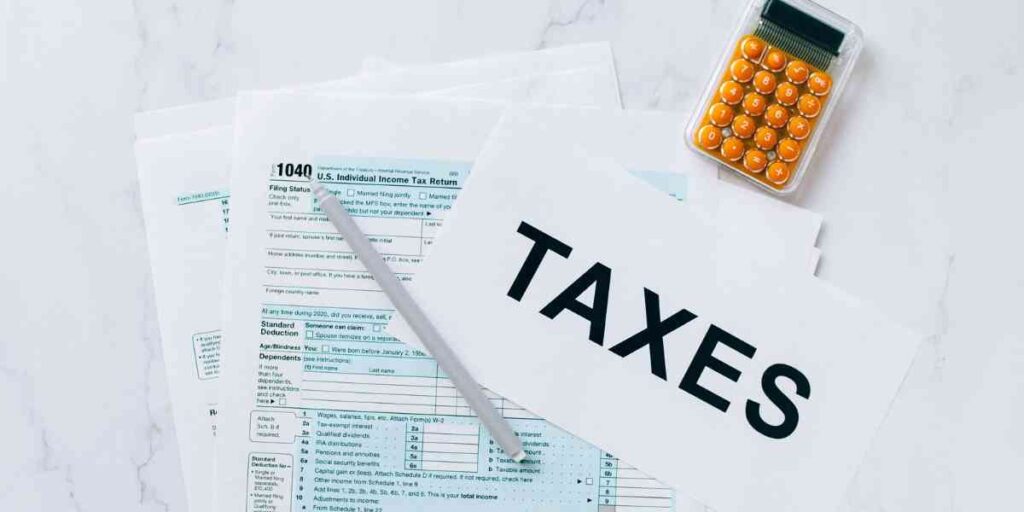Income taxes can be a daunting expense to face at the end of the year. But, with the right strategies, you can pay your taxes with ease and even save money in the process. In this blog post, we’ll give you tips on how to pay for income tax without breaking the bank.
1. Gather Your Tax Documents
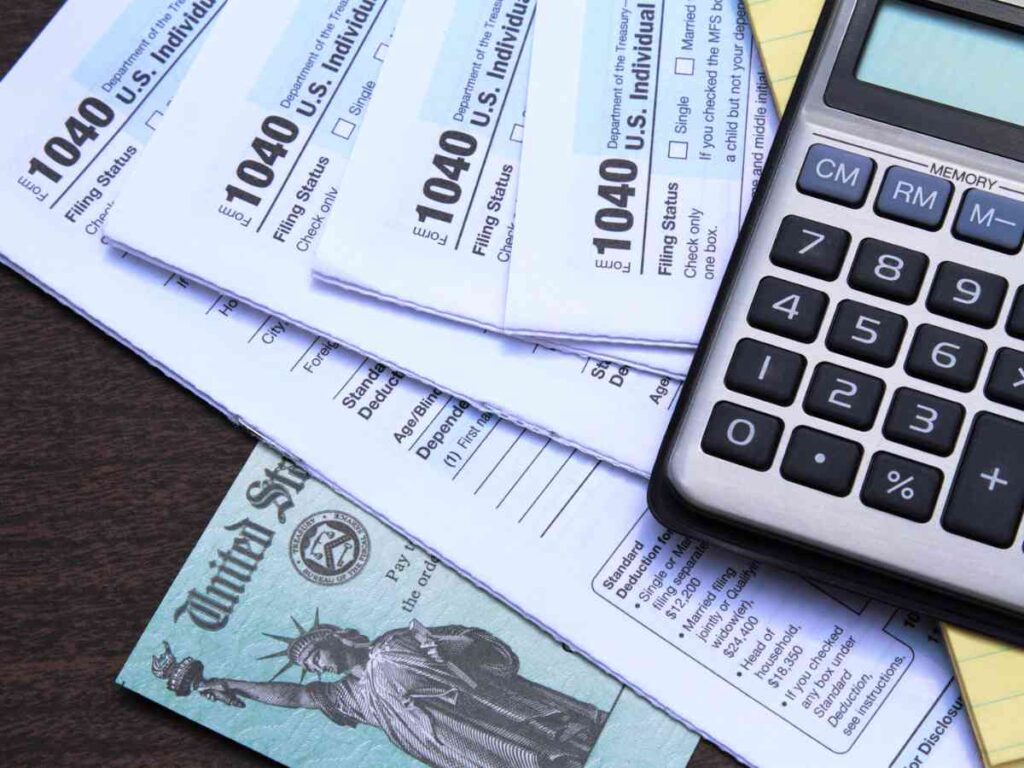
Gathering your tax documents is an important first step in determining your tax liability. Tax documents include all income, including wages, salaries, self-employment income, investments, and other forms of income, as well as deductions, credits, and exemptions. It is important to ensure that all of your documents are up to date and accurate.
You should also make sure that you keep any records of payments made to the IRS in case you need to refer to them later. Once you have all of your documents, you can begin to determine your filing status and calculate your tax liability.
2. Determine Your Filing Status
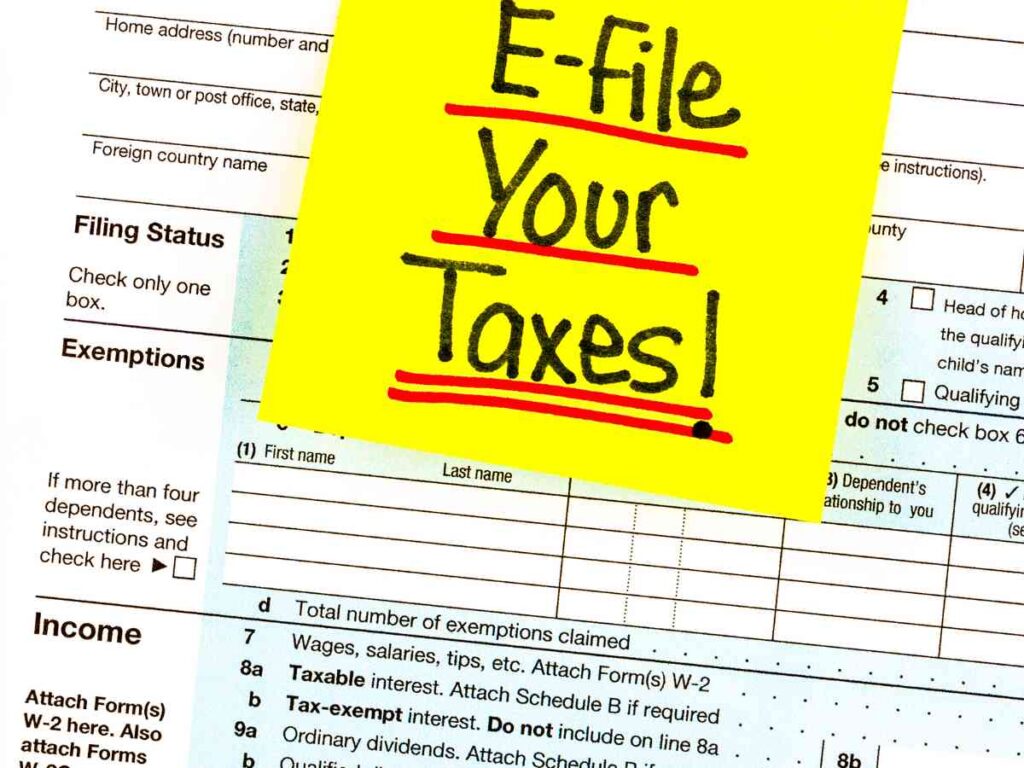
Once you have gathered all of your tax documents, the next step is to determine your filing status. Your filing status will determine how much you owe in taxes and the deductions you are allowed to take. Some of the most common filing statuses include single, married filing jointly, married filing separately, head of household, and qualifying widow or widower with dependent child.
Depending on your filing status, you may also be eligible for other deductions or credits. Be sure to check with the Internal Revenue Service (IRS) website for more information on filing statuses and tax deductions.
3. Choose a Payment Method

Choosing a payment method for your income tax is an important decision. Depending on how much you owe and when you need to pay, you may have a few different options available.
If you are paying the full amount due, you can pay by check or money order, credit card or debit card, or an electronic transfer. You can also set up an installment agreement with the IRS or request an extension to file. If you are paying estimated taxes, you should make quarterly payments to avoid penalties.
No matter which payment method you choose, it is important to double check your deductions to ensure that you are taking advantage of all available tax breaks. You may also want to contribute to a retirement account to deduct contributions from your taxes. Finally, make sure that you pay electronically so that you know when your payment is received.
4. Calculate Your Tax Liability
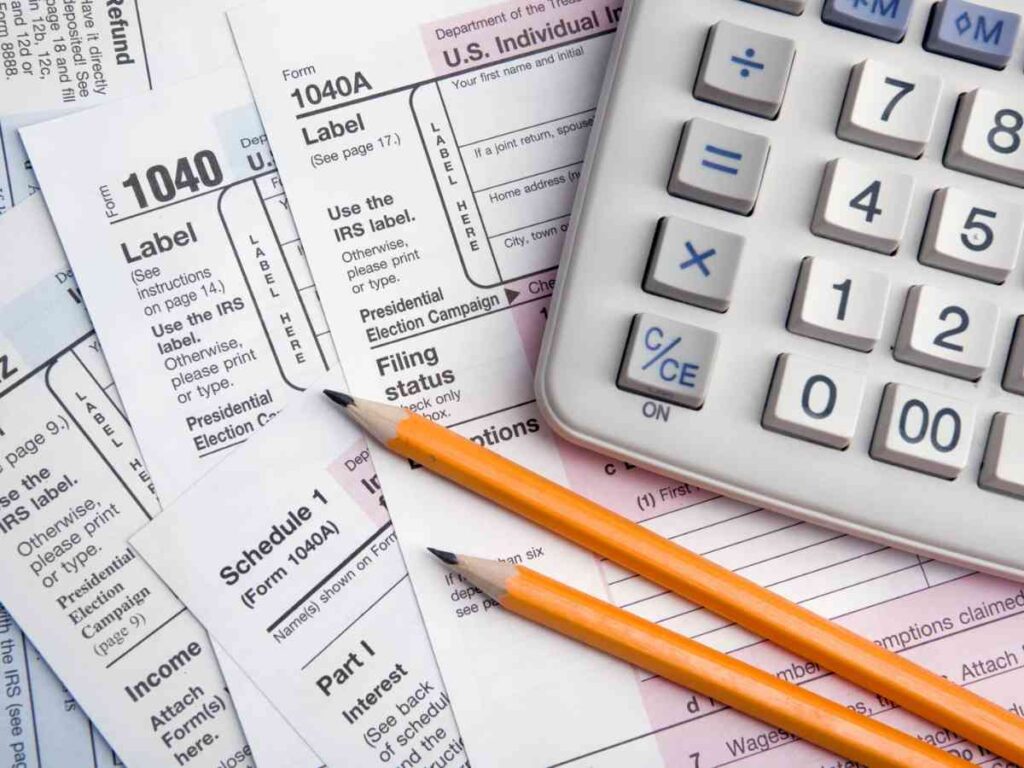
Calculating your tax liability is a crucial step to ensure you pay the right amount of income tax. The best way to calculate your tax liability is to use an online tax calculator, such as the one provided by the Internal Revenue Service (IRS). This calculator helps you calculate your taxable income, deductions, credits, and other factors that affect your overall tax liability.
When you have entered all your information into the calculator, you will be able to see exactly how much you owe in taxes. It’s important to double check your calculations to make sure that you are not underpaying or overpaying your taxes. Once you have calculated your tax liability, you can move on to the next step in learning how to pay for income tax.
5. Pay by Check or Money Order

For those looking to pay their taxes by check or money order, you’ll need to fill out Form 1040-V, Payment Voucher, as part of the process. This form is available on the IRS website or in your tax preparation package. You will need to fill out your name, address, Social Security number, and the year and amount of the tax you are paying.
Be sure to make the check or money order payable to the “United States Treasury” and include your Social Security number on the memo line. Once complete, mail the payment and Form 1040-V to the address listed on the form. It’s important to keep a copy of the payment and form for your records. Additionally, you should factor in processing time as mail payments can take up to two weeks to be received and processed.
6. Pay by Credit Card or Debit Card

When it comes to paying your income tax, you have a few options when it comes to paying by credit card or debit card. This can be a great way to pay your taxes if you want to track your payments and don’t want to wait for a check or money order to be processed.
When paying by credit card or debit card, you will need to provide the credit card or debit card details, the amount you want to pay, and the type of tax you are paying. You will also need to provide your name, address, and phone number. Additionally, you may need to provide your Social Security Number.
Once you have provided all of the necessary information and have been approved, you will receive an email confirmation of your payment. This should also include a receipt and a confirmation number. It’s important to keep this information for your records as it will be necessary if you ever need to contact the IRS regarding the payment.
7. Pay Online with EFTPS or Direct Pay

Paying your taxes online is one of the most convenient ways to do it. The Electronic Federal Tax Payment System (EFTPS) is an easy and secure way to pay your taxes online. You can also use Direct Pay, which is a free service from the IRS. Both services are available 24 hours a day, 7 days a week and allow you to pay your taxes online in just a few minutes.
With EFTPS, you can either pay your taxes online or by phone. You can also set up recurring payments for future tax bills. With Direct Pay, you can make payments directly from your checking or savings account without any fees. Both services are secure and will provide you with confirmation of your payment.
8. Pay with a Wire Transfer
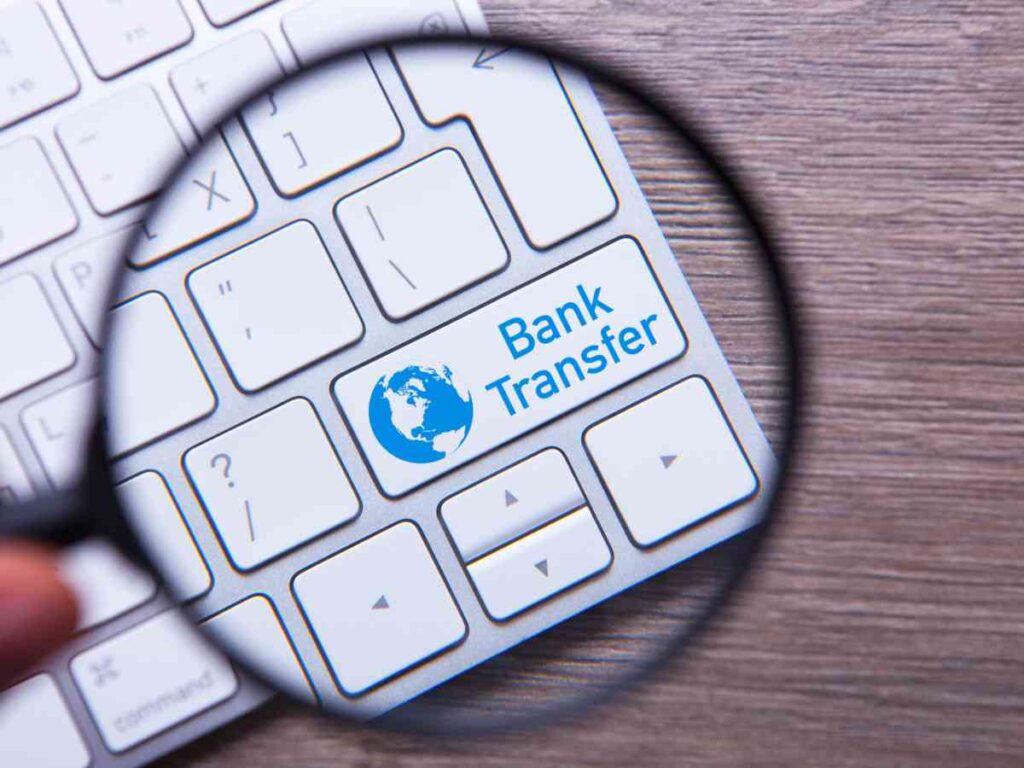
If you choose to pay with a wire transfer, you will need to contact your bank or financial institution to initiate the transfer. This method of payment may require you to pay a fee, so it is important to check with your bank before proceeding. Make sure to provide your bank with the correct amount and the appropriate IRS payment address.
You will also need to provide the appropriate identifying information such as your Social Security Number or Employer Identification Number. When your bank processes the wire transfer, you will need to maintain the documentation including the confirmation number and the date of the transfer. When you file your taxes, you can use this information to prove that your payment was received on time.
9. Set Up an Installment Agreement
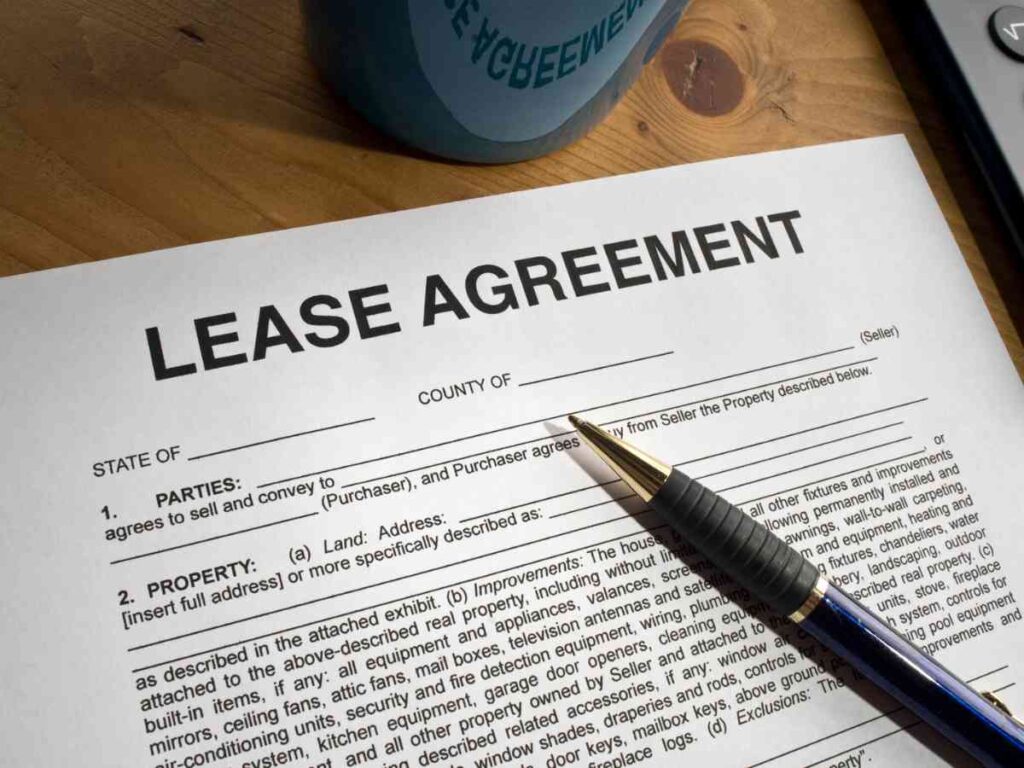
Setting up an installment agreement with the IRS is a great way to pay off your tax debt over time if you cannot pay it in full. In order to set up an installment agreement, you will need to fill out an online form or submit a paper form.
Once your form is approved, you will be required to make monthly payments until your tax debt is paid in full. As part of the agreement, you may also be required to make estimated tax payments regularly.
It’s important to be aware that the IRS charges a fee for setting up and maintaining an installment agreement, as well as interest and late payment penalties. It is also important to note that if you do not make payments as agreed, the IRS may take legal action against you.
10. Request an Extension to File

When it comes to filing your taxes, sometimes you need a little extra time. Filing for an extension can help you take the pressure off of filing your taxes on time. In order to request an extension, you must file Form 4868, Application for Automatic Extension of Time to File U.S. Individual Income Tax Return.
This form must be filed by the due date of your return. Once you file Form 4868, you will automatically receive an extension of six months, until October 15th. However, keep in mind that this extension only gives you more time to file your return, not more time to pay any taxes due. Any taxes due must be paid by the original due date in order to avoid penalties and interest.
11. Pay electronically so you know when your payment is received
Making your income tax payments electronically is one of the most reliable ways to ensure that your payment is received by the IRS and that you get credit for it. There are several ways to do this, including Electronic Funds Transfer (EFT), Direct Pay, and credit card or debit card payments.
Each of these methods has its own advantages and disadvantages, so it’s important to consider your needs before deciding which one to use. EFT is the most cost-effective option, as it does not involve any processing or transaction fees.
Direct Pay is also a reliable and secure method, as it ensures that your payment is sent directly from your bank account to the IRS. Credit card and debit card payments are convenient, but processing fees of 2.35% or more may apply. Whichever option you choose, be sure to keep track of your payment and make sure that it is received and processed.
12. Set up a payment plan with the IRS
If you owe taxes and are unable to pay in one lump sum, you may be able to set up a payment plan with the IRS. The IRS offers several types of payment plans, such as short-term and long-term payment plans, as well as installment agreements. You will need to submit an IRS Form 9465, Installment Agreement Request, and provide proof of your financial situation in order to qualify for a payment plan.
You will also need to pay an administrative fee and penalties and interest on the amount due. Setting up a payment plan with the IRS can help you avoid more serious consequences like wage garnishment or property seizure.
13. Double check all deductions to ensure you are taking advantage of tax breaks
It is important to double check all deductions to ensure you are taking full advantage of the tax breaks available to you. Make sure you are accurately reporting all of your income, deductions, and other items that could affect your tax liability. Additionally, make sure you are taking advantage of any tax credits available to you, such as the Earned Income Tax Credit, Child Tax Credit, and others.
Reviewing your information carefully can help to reduce your tax bill and ensure you are not paying more than you should. Additionally, be aware of current changes in the tax law so you can take advantage of any new deductions or credits.
14. Pay your estimated taxes quarterly
If you expect to owe more than $1,000 in taxes when you file your return, you should pay estimated taxes quarterly. Estimated taxes are based on the income you expect to earn in the current year, and can be paid directly to the IRS or through your state’s department of revenue.
It is important to pay your estimated taxes on time, as you may be subject to a penalty if you don’t. Be sure to double check your deductions and take advantage of any tax breaks available to you, so you can minimize the amount of taxes you owe.
15. Contribute to a retirement account to deduct contributions from taxes
Contributing to a retirement account is one of the best ways to reduce your tax burden. Retirement accounts provide a secure way to save for the future, while also allowing you to deduct contributions from your taxes.
Contributions to a traditional IRA, 401(k) plan, or other retirement account can be deducted from your taxes, reducing your taxable income and lowering the amount of taxes you owe. Depending on your income level and filing status, you may also be eligible for additional tax credits or deductions. Contributing to a retirement account is a great way to save for retirement while also reducing your tax liability.
16. Utilize tax-exempt accounts to make retirement savings tax free
Making retirement savings tax-free is possible with the help of tax-exempt accounts. Individuals who regularly open and contribute to these accounts can access their funds, along with the capital growth of their investments, without any tax concerns.
There are several options available to do this, such as 401(k)s, Roth 401(k)s, and TFRA (Tax-Free Retirement Accounts). With the Roth option, 401(k)s or 403(b)s can be a great way to build tax-free retirement income, while TFRAs are long-term investment plans specifically designed to minimize taxes on retirement income. Utilizing tax-exempt accounts is a great way to ensure that your retirement savings are protected from taxation.
17. Take advantage of employer-provided benefits
Employees are encouraged to take advantage of employer-provided benefits. These benefits can help to improve physical and emotional health, as well as increase wealth.
Companies often partner with UnitedHealthcare and MetLife to give employees access to Fortune-500 employee benefits, including retirement. Government-provided benefits and 401(k) tax advantages are just some of the benefits available through employers. Taking advantage of these benefits can help employees build a more secure future.
18. Delay filing your return until you can pay the full amount
Filing your return by the due date, even if you cannot pay the full amount, is always recommended. By filing your return on time, you can reduce the amount of penalties and interest you may owe. Filing by the due date also gives you additional time to pay what you owe.
If October 15 falls on a Saturday, Sunday, or legal holiday, the filing deadline is extended to the next business day. Even though you may have an extension of time to file your return, the taxes due must be paid by the original due date of the return.
If your return is over 60 days late, the minimum Failure to File Penalty is $435. Additionally, if you file your return within 6 months after the due date but do not pay the tax due until after that time, you may owe a Late Payment Penalty.
It is important to estimate and pay as much of the tax due as possible when filing your return, as this will help reduce the amount of penalties and interest you may owe.
Although filing your return late means that you will need to pay additional penalties and interest, it is better to file and pay what you owe as soon as possible than to delay filing your return until you can pay the full amount.
- Gulf Shores Getaway: 25 Exciting Things to Do and See in Alabama’s Hidden Coastal Gem! - May 31, 2023
- Lexington, KY: 25 Things to Do and See in the Horse Capital of the World! - May 29, 2023
- Atlantic City Adventures: 25 Things to Do and See in the Entertainment Capital of the Jersey Shore! - May 27, 2023

